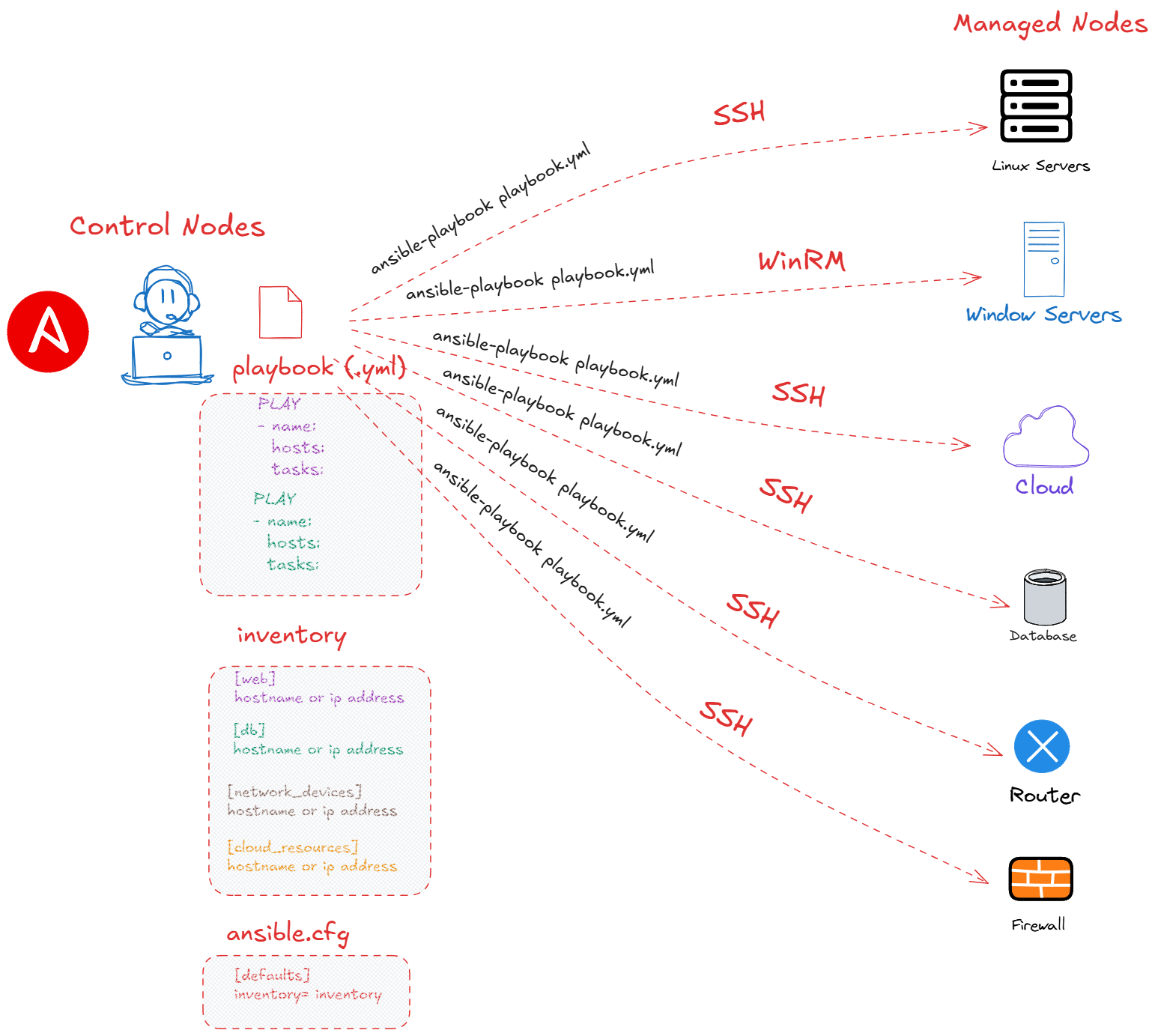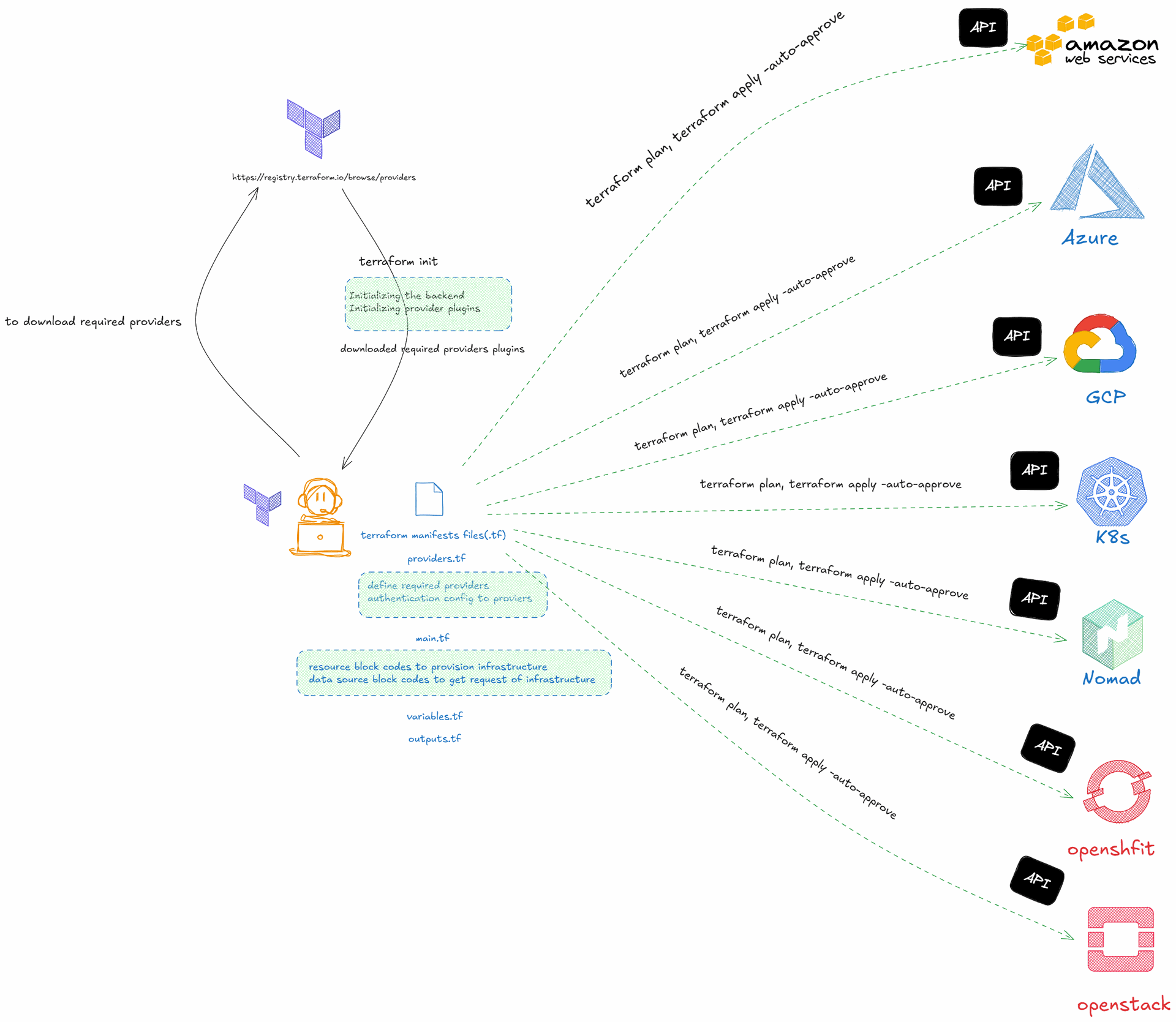What is Infrastructure as Code (IAC)?
Infrastructure as Code (IaC) is a revolutionary approach to managing IT infrastructure by defining and provisioning resources through code rather than manual processes. Instead of manually configuring servers, networks, or cloud services, you write code in a structured format (often YAML, JSON, HCL or domain-specific languages or supported programming languages) using tools like Terraform, Ansible, Pulumi, or OpenTofu. This code acts as a blueprint, allowing you to deploy infrastructure consistently across environments—whether it’s on-premises, in the cloud, or a hybrid setup.
Think of IaC as treating your infrastructure like software: it’s versioned, tested, and deployed programmatically. This shift from manual setups to automation is transforming how organizations manage their IT resources, making it faster, more reliable, and scalable.
Why Is IaC Essential for Modern IT?
In today’s fast-paced digital landscape, businesses need infrastructure that can keep up with rapid innovation and growth. IaC addresses this need by offering several key benefits:
-
Consistency Across Environments
Manual setups often lead to configuration drift, where development, staging, and production environments don’t match. IaC eliminates this issue by ensuring every environment is defined in code, reducing “works on my machine” problems and improving reliability. -
Reusability for Simplified Scaling
One of IaC’s standout benefits is its reusability. Once you define your infrastructure in code, you can reuse that template across projects, teams, or environments. Need five identical web stacks? Copy the code, tweak a few variables, and deploy it other environments. This modularity saves time, reduces duplication, and ensures uniformity at scale. -
Speed and Efficiency
Traditional infrastructure provisioning can take days or even weeks. With IaC, you can spin up entire environments—servers, databases, networks—in minutes. This accelerates development cycles and time-to-market for new features or applications. -
Automation and Error Reduction
Manual processes are prone to human error, especially when managing complex systems. IaC automates repetitive tasks, minimizing mistakes and freeing up IT teams to focus on strategic, high-value work like innovation and optimization. -
Scalability and Flexibility
As demand fluctuates, IaC makes scaling seamless. Define scalable resources in code, and cloud platforms like AWS or Azure or GCP adjust dynamically—adding servers during a traffic spike or scaling down to cut costs. -
Version Control and Auditability
Your entire infrastructure is defined in code, we can regularly integrate and store in a source code management system, such as Git like your business logic codes. Storing IaC in version control tracks every change, enabling rollbacks, team collaboration, and compliance audits. It’s a clear record of “who changed what and when,” turning chaos into order.
These benefits collectively empower businesses to move faster, reduce risks, and maintain control, making IaC a strategic necessity in modern IT.
Popular Tools for Implementing IaC
You can choose from many IaC tools for your workflow, depending on your use case. These are the most popular IAC tools which widely used today:
- Terraform
- Ansible
- Puppet
- Chef
- Pulumi
- OpenTofu
Today, we have chosen two popular IAC tools: Ansible and Terraform overview workflow diagram to show you how simple and easy to learn and why do we love IAC from all these most popular IAC tools:


Why IaC Matters Today
IaC isn’t just about efficiency—it’s about staying ahead. It delivers reusable, reliable infrastructure that scales with your business, cuts costs, and boosts agility. Whether you’re a startup or an enterprise, IaC aligns IT with today’s demands for speed and innovation.
Ready to ditch manual setups and embrace IaC? Share your thoughts: How could reusable infrastructure transform your workflows?